Diving in Cebu: How sharks are helping to rebuild Malapascua
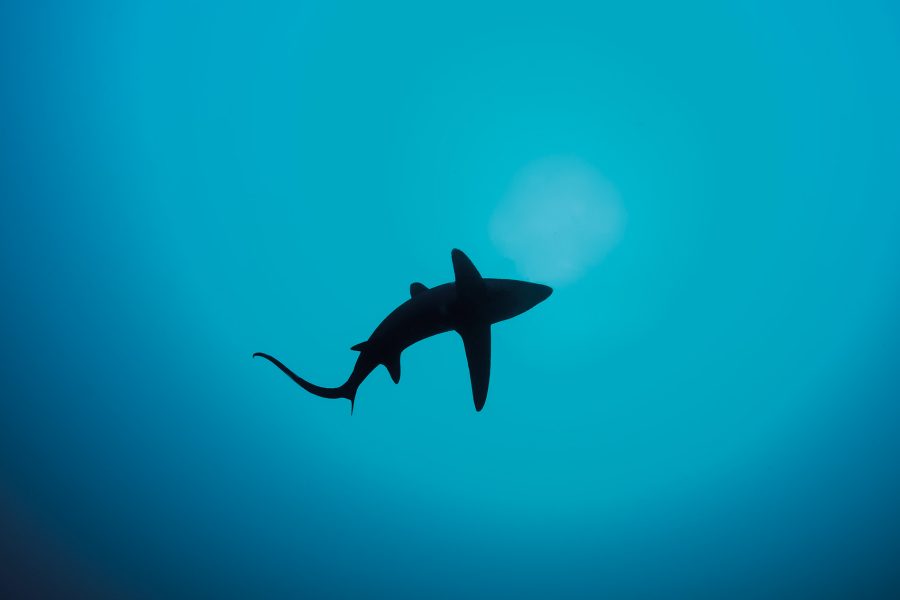
In the 1500s, a crew of Spanish sailors were shipwrecked on a tiny dash of palm tree-fringed white sand in the Philippines’ Visayan Sea at Christmas. Beautiful as it was, the seafarers feared they wouldn’t escape this bug-blighted, skin-blistering island by the next major Christian festival. They named their godforsaken home Malapascua – ‘bad Easter’ in Spanish.
Today you can’t imagine having a bad anything here. Since local fishermen discovered thresher sharks breaching the waves like dolphins above a sunken island called Monad Shoal more than 20 years ago, Malapascua has become a diving hotspot. Those who head underwater enjoy the perfect cocktail of rainbow-coloured coral gardens, almost-guaranteed sightings of thresher sharks – a species elusive elsewhere – and bleeding sunsets over white beaches. Those Spanish sailors had it all wrong.
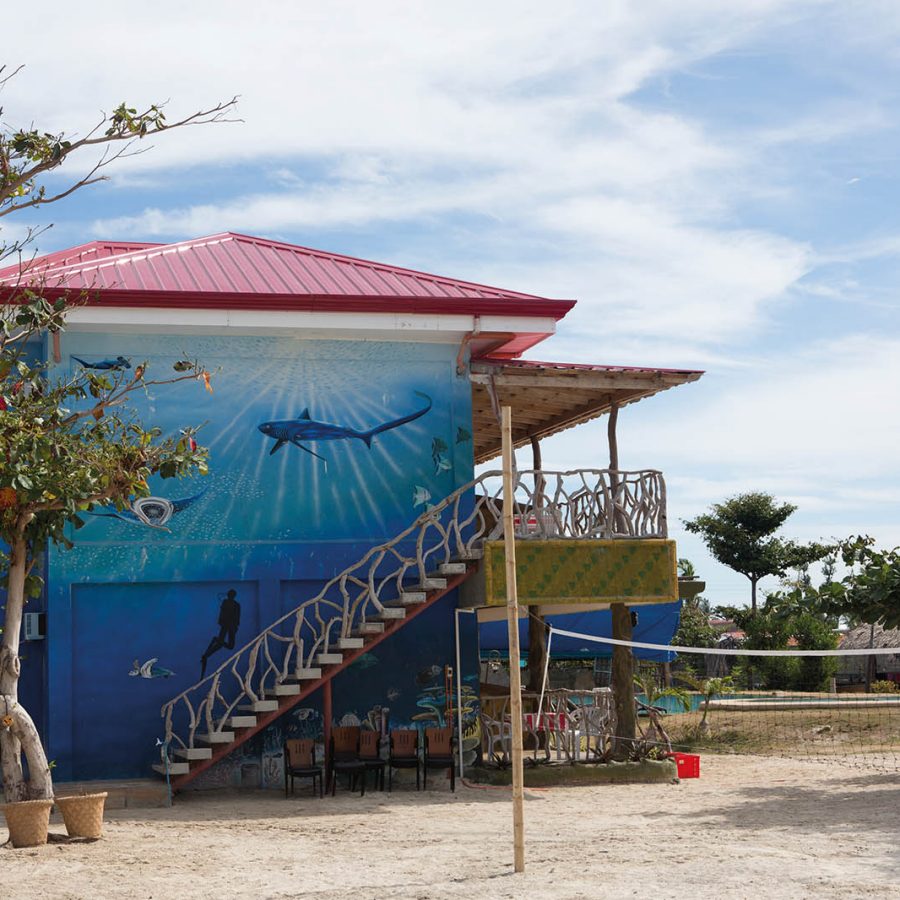
Credit: Steve De Neef
But Malapascua was in trouble several years ago. When Super Typhoon Yolanda ripped across the Philippines in November 2013, the tiny island, measuring just 2.5 kilometres by one kilometre, took a direct hit. Joseph Dean – a British diver known locally as Dino, who has been living on the island for more than a decade – filmed the surging storm roll in from the balcony of his concrete home.
‘Before the typhoon, 85 percent of the island was rainforest,’ he says. ‘Three hours afterwards, it was like a desert. Everything on the southern Bounty Beach side was sandblasted, trees were stripped of their bark, paint tore from buildings, anything that was metal was gone.’
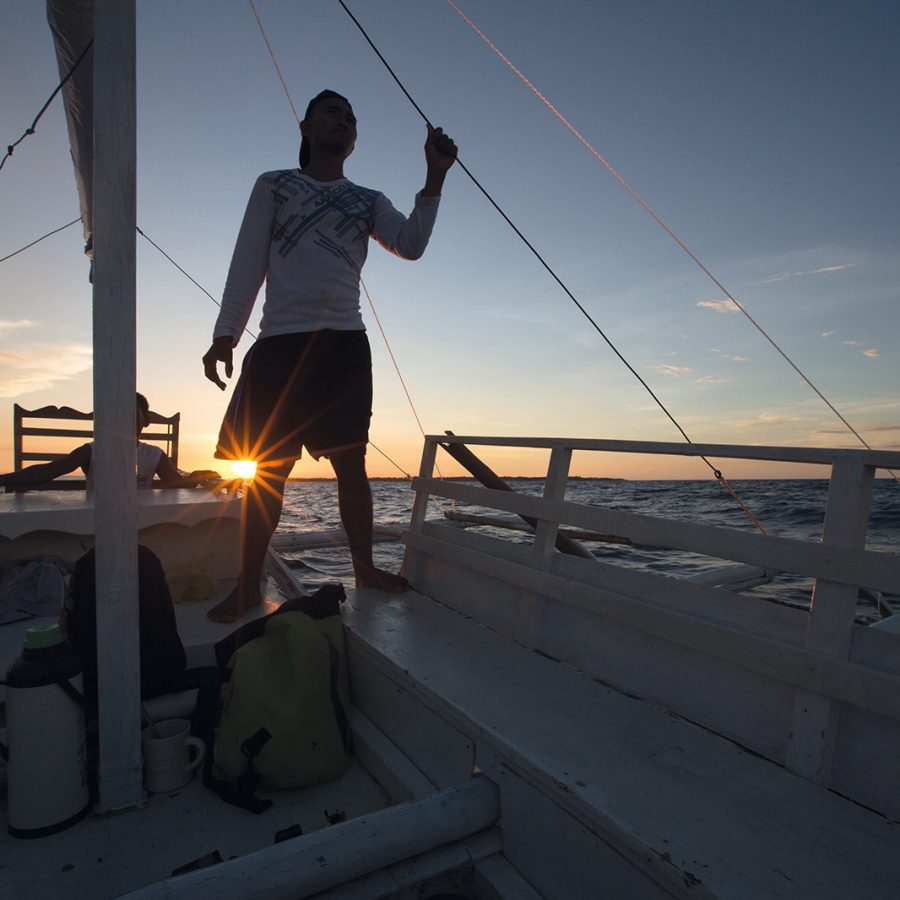
Credit: Steve De Neef
At the time, Yolanda was the strongest tropical cyclone by wind speed the world had ever seen, reaching 315 kilometres per hour, and it killed 6,300 people in the Philippines alone. Dino, who manages the Thresher Shark Divers (TSD) centre, turned his home into an evacuation shelter, supplying rice and water stockpiled from Cebu City to his staff. Malapascua was flattened, but no lives were lost on the island. Tourists had been evacuated well in advance.
Below the waves it was a different story. The storm had denuded reefs up to a depth of 30 metres. Coral in the shallows was decimated. Cleaning stations on Monad Shoal, home to wrasses that rid the thresher sharks of parasites each morning (the reason sightings are so reliable), had literally been turned upside down. Eighteen days after Yolanda, the divemasters tested the waters. As they climbed down into the deep blue, they had one question: would the sharks still be there?
Their relief to find the threshers spread through the community; all 4,000 of Malapascua’s residents, from the fishermen to hoteliers, rely on those fish with the long, whip-like tails.
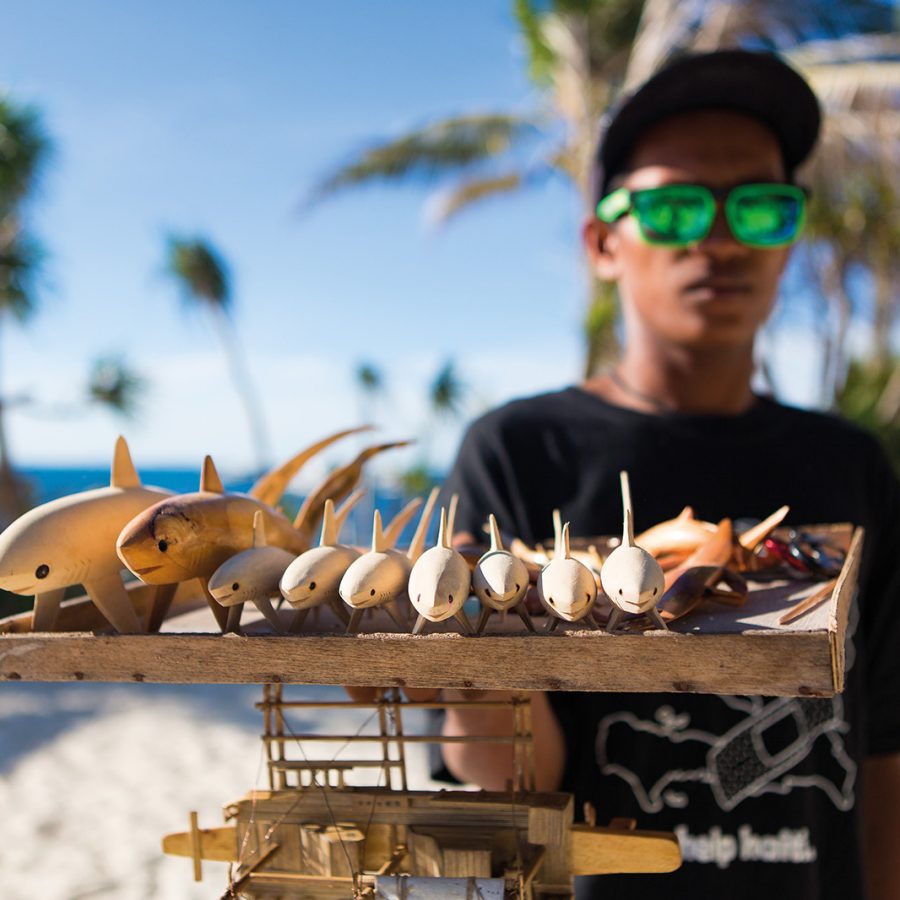
Credit: Steve De Neef
As news of the devastation spread, divers around the world with a soft spot for Malapascua and its threshers sent generous donations to help feed the survivors and rebuild homes. Dive centres across the island, meanwhile, hurried to instal artificial reefs. ‘We were picking up rocks underwater and building pyramids, trying to create cleaning stations so the sharks would keep coming,’ says Dino.
Within days, the cleaning wrasse returned. Soon after, the tourists followed suit. Coral has grown back in beautiful walls of colour. What is more, according to TSD, over the next several years new marine life and a greater variety of sharks have appeared, partly due to different currents and water temperatures brought on by El Niño but also because of local conservation efforts.
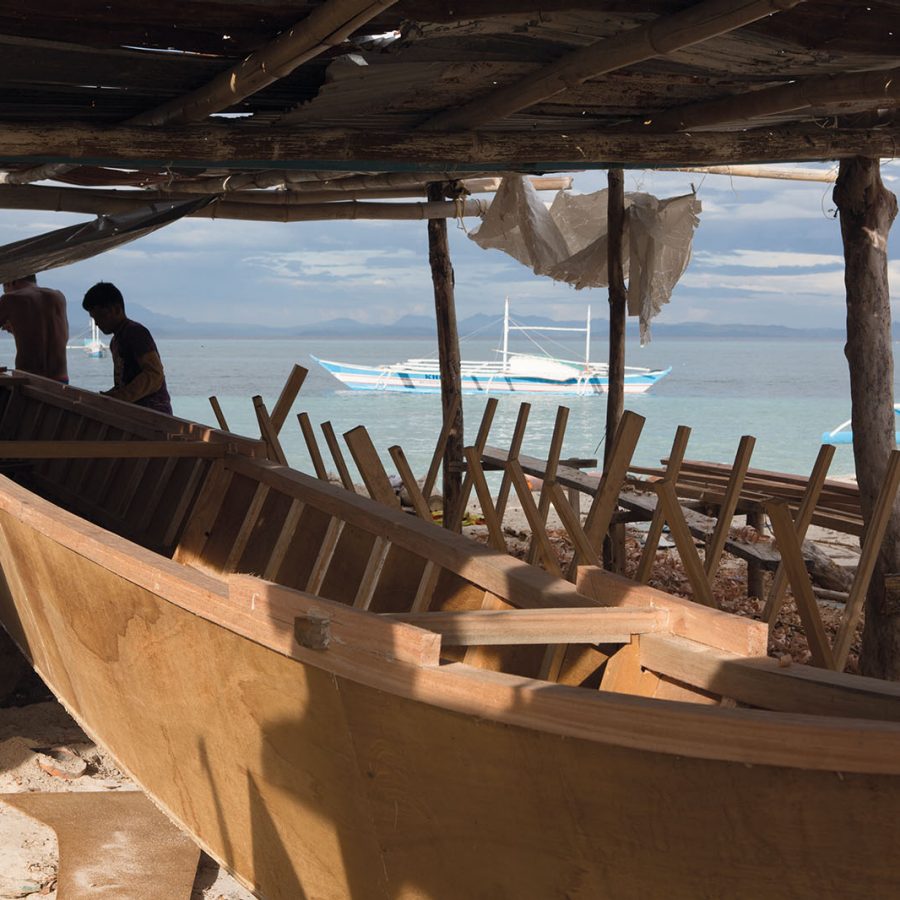
Credit: Steve De Neef
Those included the Malapascua Marine Protection Fund, an experimental private project that saw participation from at least eight dive centres on Malapascua. It managed donations from divers to pay for locally hired, government-trained marine guards to patrol the Visayas Sea for illegal fishing 24 hours a day
‘The divers don’t see what’s going on in the background, but we’re really trying to protect everything,’ says Dino. Barriers installed at the cleaning stations to keep divers at a distance from the sharks, for example, have encouraged more threshers at the site: as many as 22 have been seen on Monad Shoal queueing for their morning clean. In the early days of recovery, groups were far smaller.
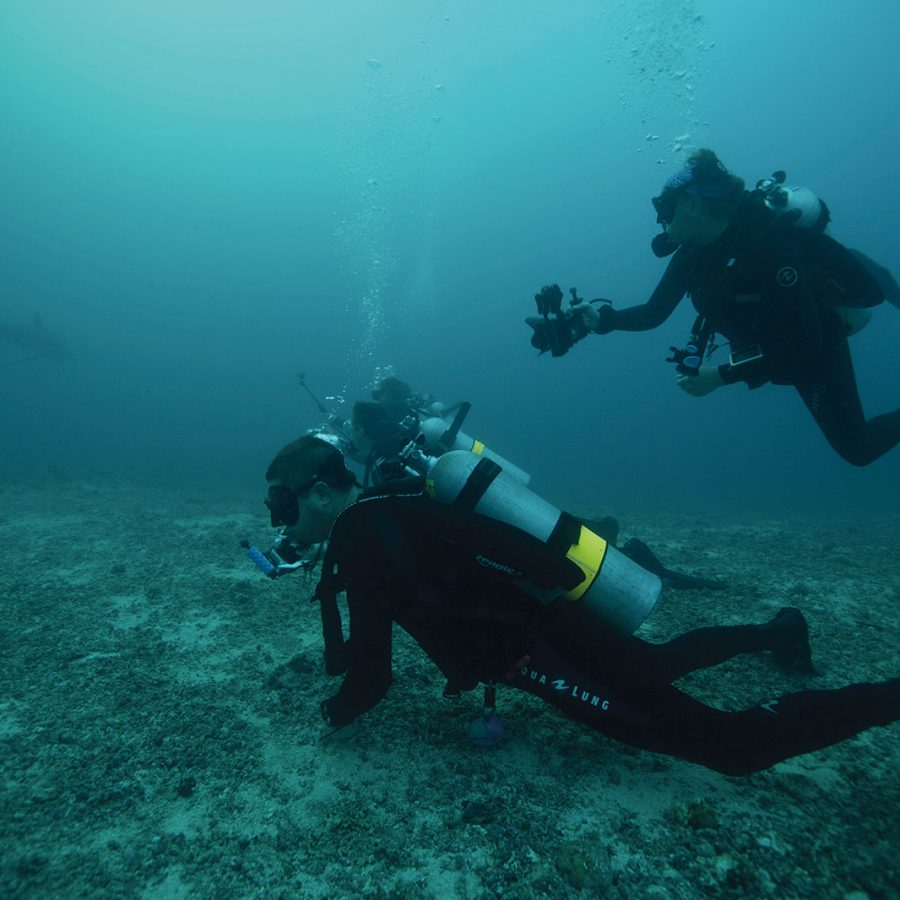
Credit: Steve De Neef
And so it is that one morning before dawn, while the sky and sea are still the same inky blue, we haul ourselves into wetsuits and onto a rickety wooden boat. Our boat tears across the ocean for 40 minutes, reaching our descent point just as the pink sun appears. This is not a beginner’s dive: Monad Shoal is 27 metres below water, meaning it exceeds the depths of a beginner’s PADI Open Water Licence. In the cold waves, we follow a thick, blue rope to 15 metres below the surface, before diving down to the sunken island – a barren, sandy shelf. There, we perch nervously for about 10 minutes. Then it happens.
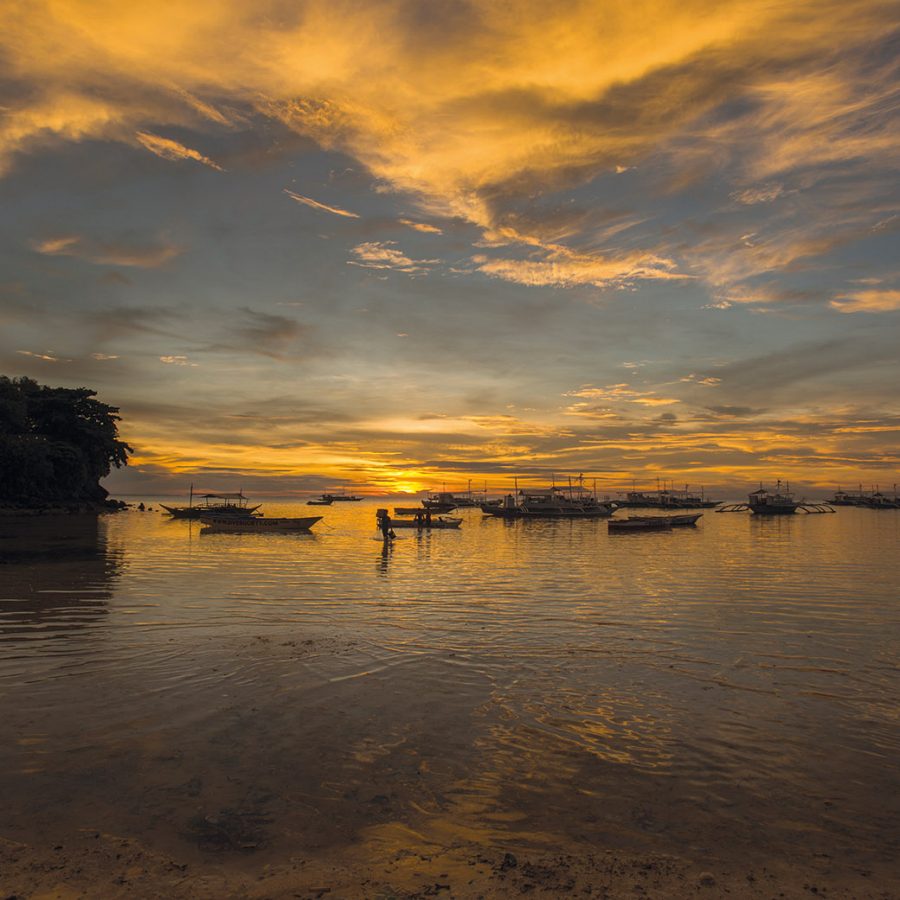
Credit: Steve De Neef
From the murky blue waters the majestic thresher shark appears. Its huge tail snakes behind it, almost as big as its body. Keeping a reassuring two-metre distance from us, the gentle creature tracks a rocky outcrop as small black fish buzz about its body. And then it’s gone. Back on shore we are exhilarated – and starving: diving is hungry work.
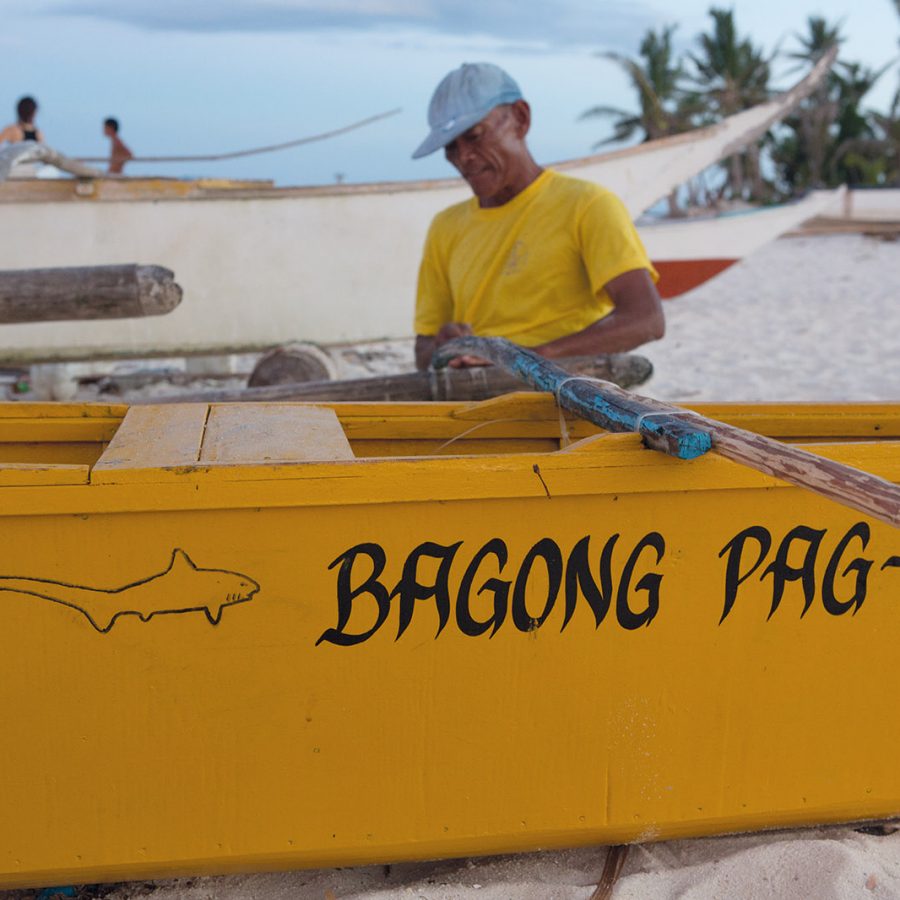
Credit: Steve De Neef
As Malapascua’s tourism industry matured over the past decade, so did its gastronomic scene. Fishermen daily supply local tuna that is turned into mouth-watering sashimi and fresh jackfish for kinilaw, the Filipino version of ceviche. There is also a cluster of top-notch Italian restaurants, including the upmarket Amihan at Tepanee Beach Resort, which is run by a couple from Lake Como and makes its own fettuccine and imports cheese and cold cuts from Italy.
Despite these attractions, Malapascua is still blissfully secluded, thanks to its relative remoteness: travelling there from Mactan-Cebu Airport requires a three-hour car journey plus a 30-minute boat ride. The big hotel brands have not yet arrived, so accommodation is the humble resort bungalows with patchy Wi-Fi that line Bounty Beach, the only strip of sand that has been developed.
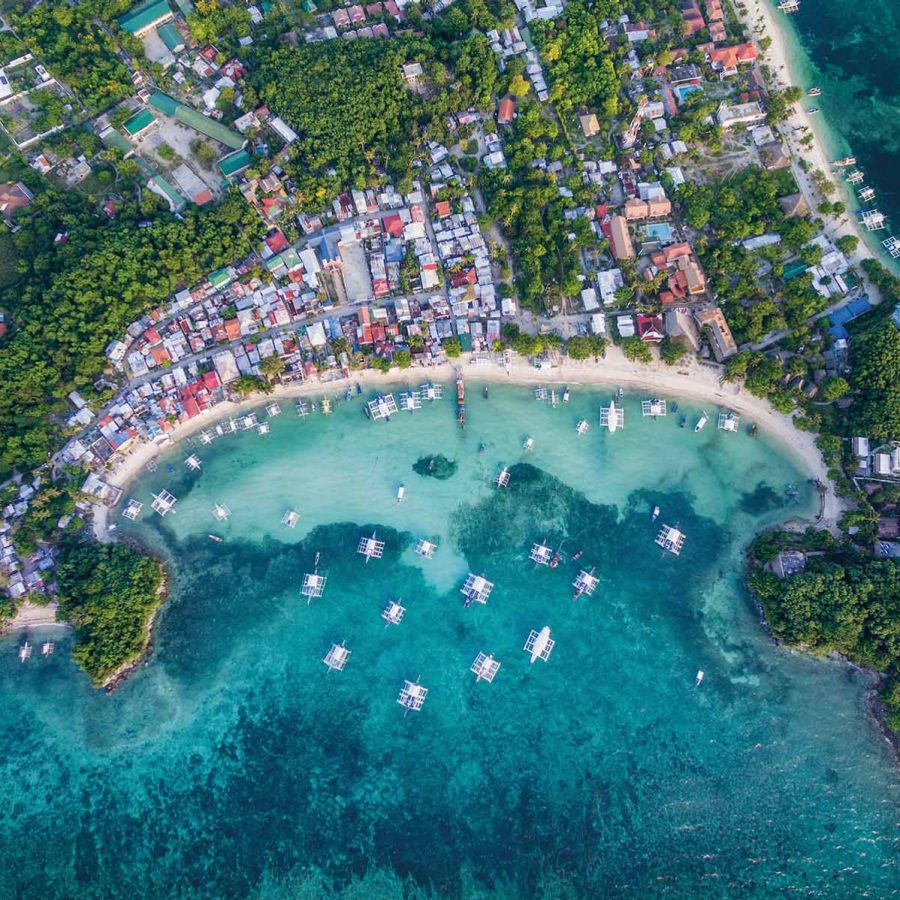
Credit: Steve De Neef
But that is Malapascua’s unspoilt charm, and what differentiates it from Bohol or Boracay. Venture north to any of the island’s deserted sands, with just the fallen coconuts and glistening waves for company, and it’s not hard to imagine being one of those stranded Spanish sailors – but with the good sense to stay put and enjoy the view.
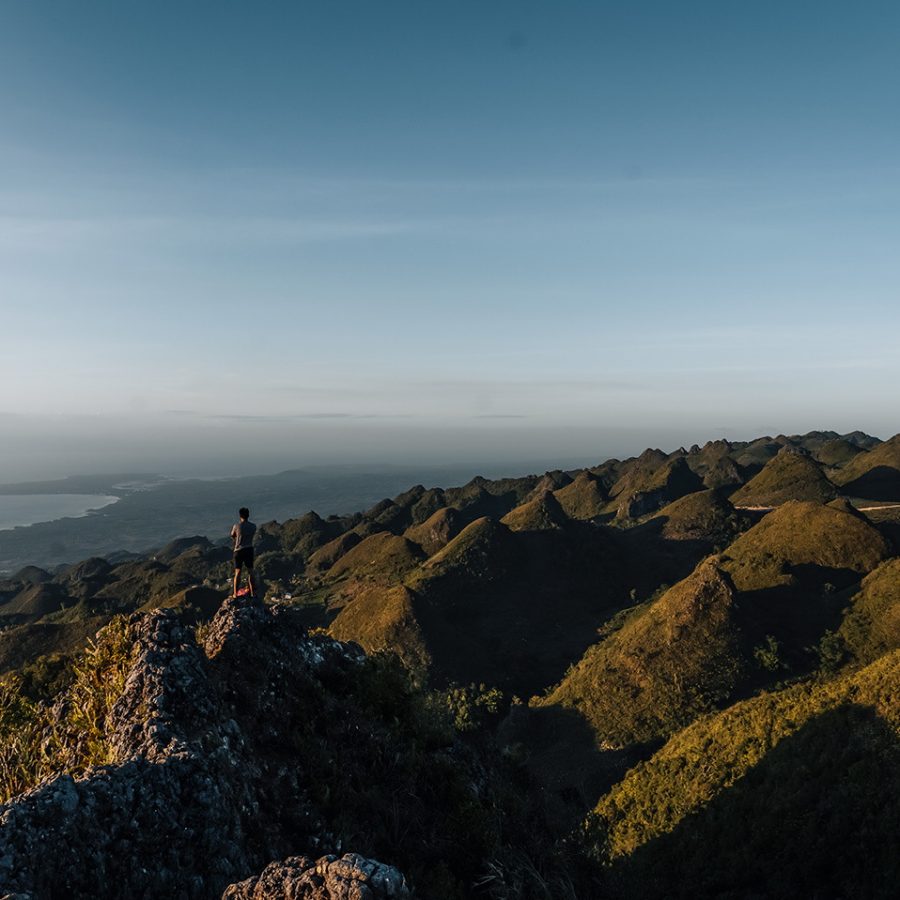
Credit: Shutterstock
4 more things to do in Cebu
Hike up Casino Peak
This short trek up a rocky ridge rewards you with breathtaking views over seemingly endless hill formations. Go early in the morning to watch the hills emerge from the mist, or late in the day to see the setting sun light up the landscape. Casino Peak neighbours Osmeña Peak, the most popular hiking spot in Cebu, and it’s possible to traverse from one to the other in about an hour.
Splash around Kawasan Falls
With a three-tiered waterfall filling vivid turquoise pools tucked into the jungle, this stunning work of nature attracts Instagrammers and adventurers alike. Activities include canyoneering, swimming and hiking, or pack a picnic to simply relax and enjoy the scenery. Be sure to wear sturdy shoes, and bring bug spray as well as your camera.
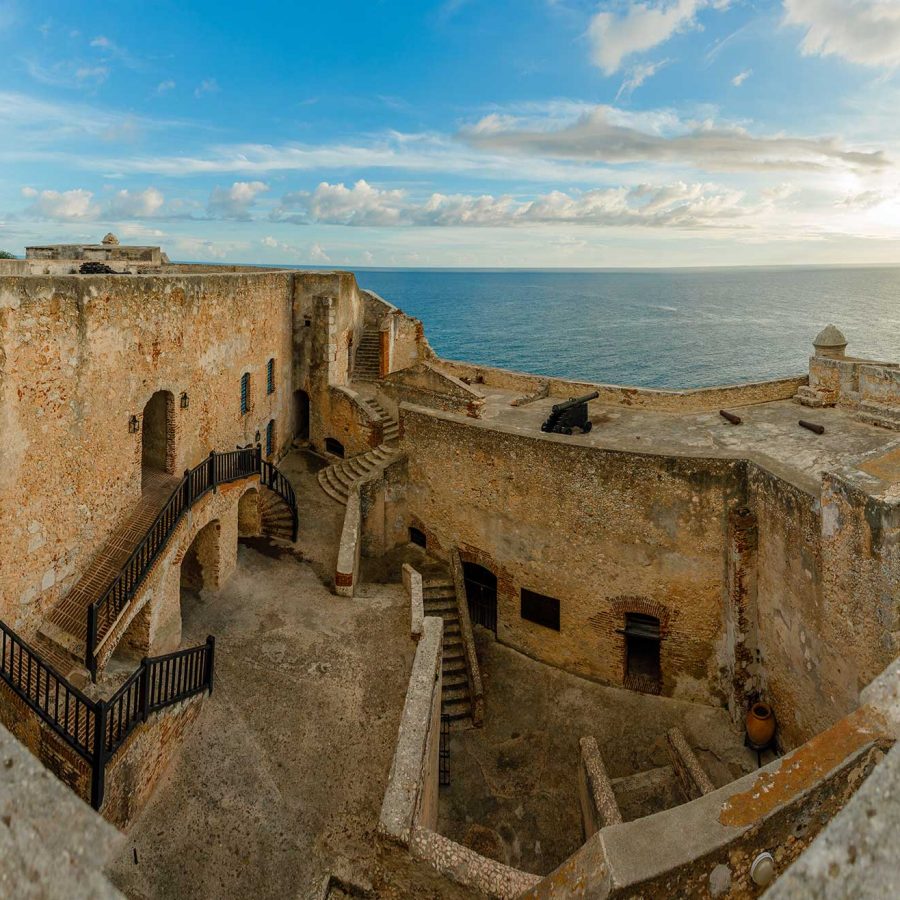
Credit: Shutterstock
Explore Fort San Pedro
Cebu’s colonial heritage is on full display at this military defence structure dating back centuries. Established in 1565 as part of the first Spanish settlement in the Philippines, the wooden fort was rebuilt twice – the stone structure made in 1738 is what remains standing today, with many of the cannons still in place. The site includes a walled garden and a museum with Spanish artefacts.
See the Taoist Temple
One of Cebu City’s more colourful and fascinating attractions is this temple complex built into the hills by the local Chinese community. It features a miniature replica of the Great Wall of China, along with traditional Chinese architecture adorned with dragons. A climb up 99 steps to the main temple provides a bird’s-eye view of the city and beyond to Mactan and Bohol islands.
More inspiration
Cebu travel information
- China – the Chinese Mainland, Hong Kong SAR, Macao SAR and Taiwan Region
- Hong Kong SAR - English
- Chinese Mainland (China) - English
- Taiwan, China - English
- 香港特別行政區 - 繁體中文
- 中国內地 - 简体中文
- 中國台灣 - 繁體中文
- Africa
- South Africa - English
- Asia
- Bangladesh - English
- Korea - English
- Singapore - English
- Cambodia - English
- 한국 - 한국어
- Sri Lanka - English
- India - English
- Malaysia - English
- Thailand - English
- Indonesia - English
- Maldives - English
- ประเทศไทย - ภาษาไทย
- Indonesia - Bahasa Indonesia
- Myanmar - English
- Vietnam - English
- Japan - English
- Nepal - English
- Việt Nam - tiếng Việt
- 日本 - 日本語
- Philippines - English
- Australasia
- Australia - English
- New Zealand - English